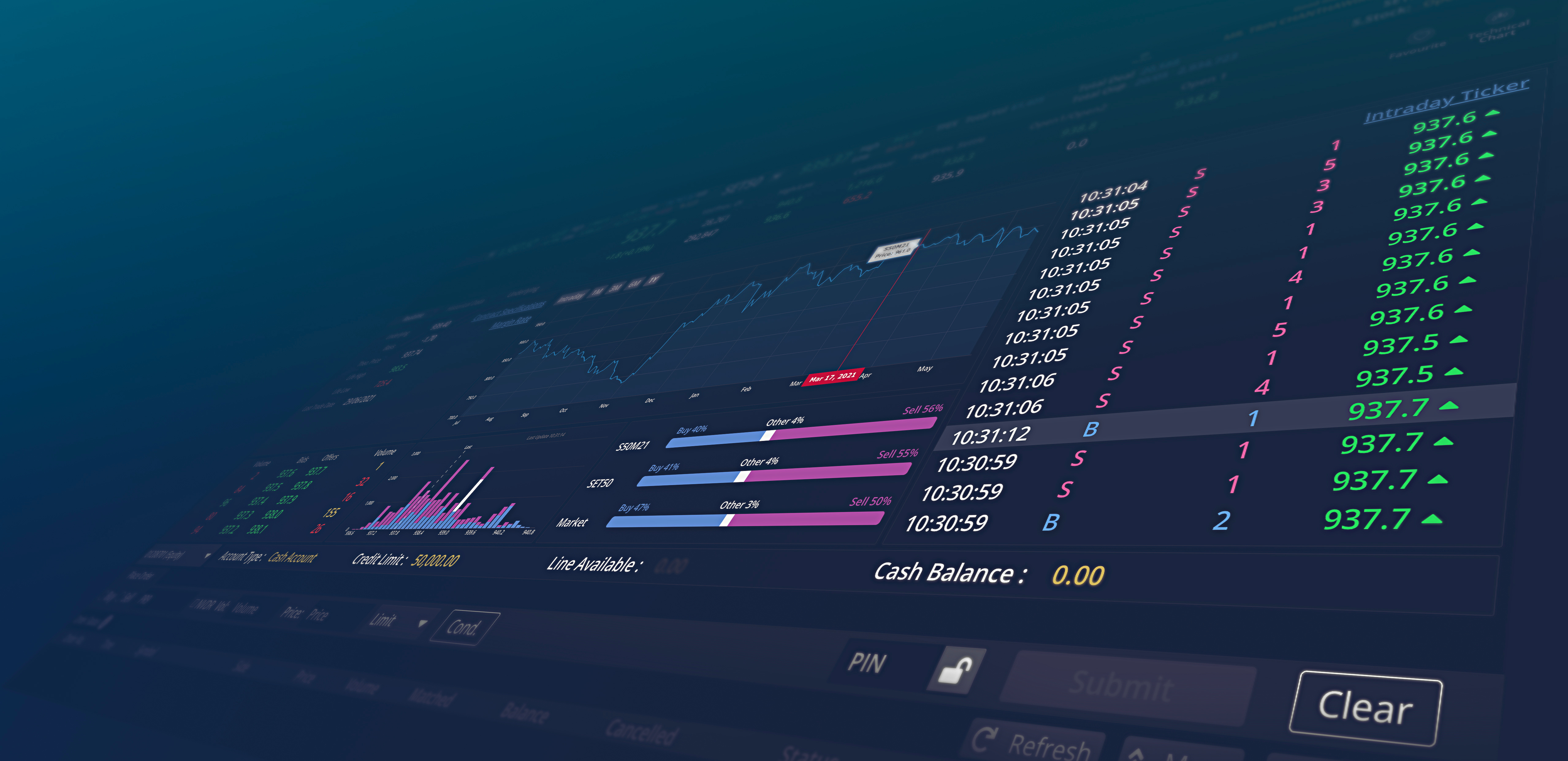An Introduction to Momentum Trading
Momentum trading may be an intimidating phrase to a new trader in the financial market. It may be a phrase you’ve never even heard of before. But, it's a high-reward investing strategy that's gained popularity across financial markets. This is why it’s important to understand what momentum investing is all about.
So, buckle up for a total breakdown of this exciting type of trading.
What is momentum trading?
Let us first define the word ‘momentum.’ In physics or Newtonian mechanics, momentum is the product of the mass and velocity of a body in motion. In simpler terms, it’s the quantity of motion of a moving object. For example, when you step on the gas pedal, your car gains momentum. Likewise, when you slam on the brakes, your car loses momentum.
So, how does this relate to trading? In the financial market, we use the term ‘momentum’ to describe the direction and speed of price change of an asset. Thus, momentum trading, or momentum investing, is a technical trading strategy.
The old adage “the trend is your friend” captures the essence of momentum investing. This technique rides on the assumption that once a trend is well-established it likely continues. Thus, this type of trading comes with the expectation that if there’s enough fuel behind a price move, the price will keep moving in that direction.
What is the goal of momentum investing?
You’ve probably heard the principle “buy low, sell high” for long-term investing. Momentum trading can be a bit riskier, as its motto is “buy high, sell higher.” So, the goal of this trading strategy is to buy assets on an upward trend and then sell those assets when their price peaks.
In other words, it aims to capitalize on directional trends in stock prices. As a result, traders can make quick, rewarding profits. For this reason, the momentum investing technique is very popular among day traders.
Day trading
Day trading is what momentum is all about. In a nutshell, it’s the short-term version of momentum investing. The objective of day trading is to make profits from small price movements. This is accomplished by entering and exiting multiple securities on the same day and selling them for a higher price.
What do momentum traders look for?
Investors who use momentum trading look for upward and downward trends in prices. They seek to identify a change in asset price and then take a position in the direction of the price change.
Momentum traders also try to anticipate the behaviors and emotions of other investors. Understanding the behavioral biases can boost the effectiveness of a momentum strategy.
Let’s explore what momentum traders look for a little further.
They look for the highs
Investors want to find stocks or ETFs that have been continuously rising day in and day out. They also look for securities with high volumes. This helps them buy and sell quickly without interruption.
They look for volatility
Momentum strategies are arguably the most effective for volatile markets. Momentum investors work with volatility by buying on short-term uptrends and selling at a security’s peak, just before it begins to lose momentum. Then, investors will move the capital to a new position. This is how they capitalize on volatile market trends.
They look for a herding effect
A herding effect results from the tendency traders have to follow the majority. A herd mentality bias reduces profit margins for momentum investors. Thus, a momentum stock trader can leverage investor herding by luring the pack in and then being the first one to take the money and run.
Momentum investing involves a lot of skill, as it can be a risky game. But, some benefits can counterbalance the risks.

Benefits
In recent years, momentum trading has proved to be a profitable technique. The advantage to buying an asset that’s already moving up is that you don't have to wait for the market’s reassessment.
Another benefit is the potential for high profits over a short time. Leveraging the volatility of the market allows you to chase market performance to maximize your ROI. So, if you can handle the risks involved, this trading technique can produce lucrative profits.
Risks
As we mentioned before, this type of investing assumes a well-established trend that continues moving in the same direction. But, momentum doesn’t last forever; and as a result, trend reversals do happen.
An optimal momentum trade looks like buying a stock on an upward trend and then selling it at its peak. Now, while that’s a great strategy for making a profitable exit, it’s much easier said than done. So, let’s go over the two primary risks of momentum trading.
Time-critical
Momentum investing techniques are extremely time-critical. Jumping into an entry position too soon or exiting a position too soon can cost you potential gains. Thus, precise timing must be exercised to make a successful trade.
Time-consuming
Traders must monitor opportunities closely. This enables them to stay on top of updates for the asset being traded. Monitoring market details daily or even hourly is common practice for momentum investors. They can’t afford to miss indicators of changing price trends or price movements.
These risks can be intimidating. But, there are trading strategies to help mitigate risk for momentum investors.
Momentum trading strategies
Momentum investing is often influenced by a time frame. So, momentum strategies help determine the best times to enter and exit a position. These strategies focus on technical factors, like price action and price movements. The main goal of any momentum strategy is to get the investor to buy high on uptrends and sell low on downtrends.
Determining your strategy is the first step in your trading journey. Once you find one that works for you, the next step is figuring out the best way to execute it. This is where technical analysis plays a huge part.
Technical Analysis
Technical analysis is the primary point of reference for momentum trading. It analyzes momentum chart patterns by using technical indicators. These indicators help to find trends that other traders can’t see.
Below are three of the best momentum indicators that are commonly used among momentum investors.
Relative strength index (RSI)
The RSI is an oscillating indicator that predicts the future direction of a financial market. It aims to identify whether an asset is overbought or oversold. An RSI can figure out if momentum is accelerating or decelerating. It determines this by looking for divergence and price swings.
Simple moving average (SMA)
SMA is one of the most-used technical indicators across all financial markets. This indicator spots emerging trends in asset prices. Thus, it enables the trader to find a prevailing trend while cutting out distractions from small price movements.
Average directional index (ADX)
An ADX is a popular technical indicator among day traders. It's also generally considered less likely to produce false signals. This type of indicator measures when a trend is either gaining or losing momentum.
The bottom line
Momentum trading may be a risky endeavor. But if you get the hang of it, the rewards can be staggeringly high.
At Chart Prime, our trading tool makes technical analysis easy. Our unique features, like our peak seeker and chart pattern algorithm, can’t be found anywhere else on the market. So, whether you’re an expert or novice trader, our tool can make a big difference in your trading game.

